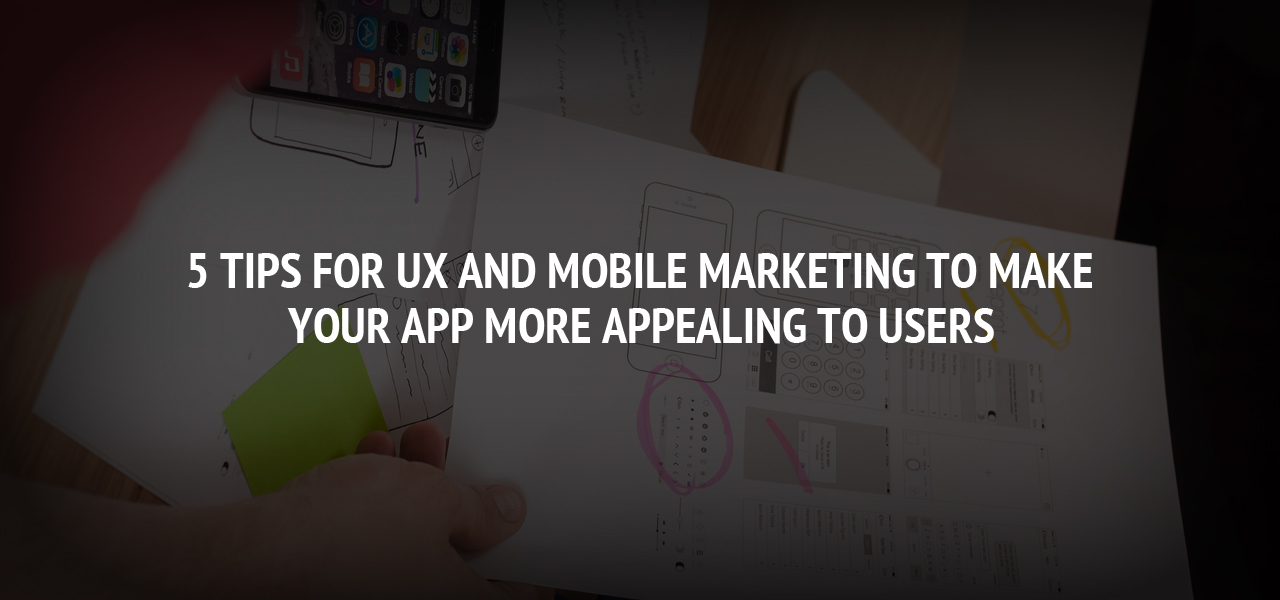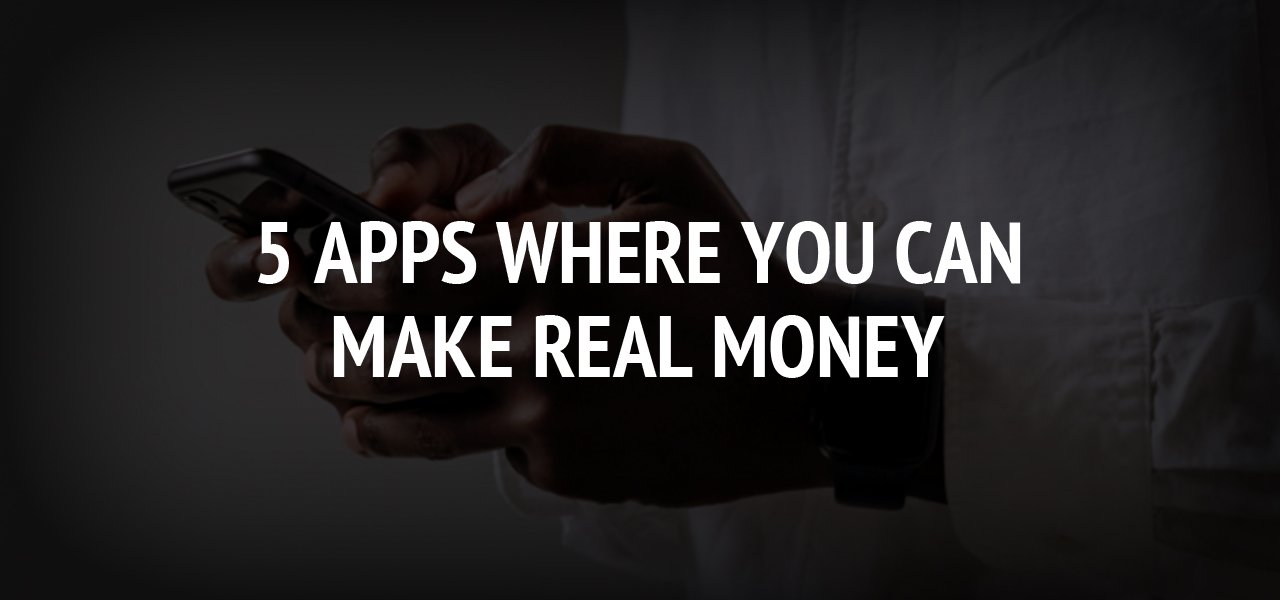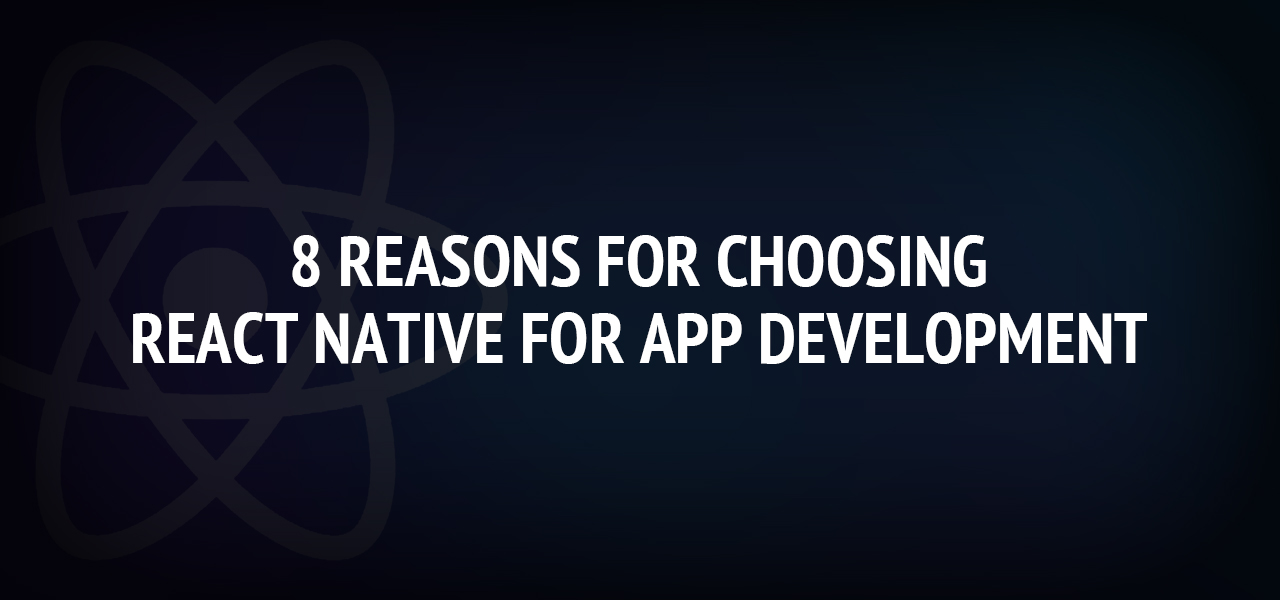5 Tips for UX and Mobile Marketing to Make Your App More Appealing to Users

The design of your app is so important to attract and retain users. Their first impressions will be all about your design, from the user interface and the look and feel to the overall user experience. The approach should always be to put the user first to see an increase in users, keep them engaged, make the sale or provide the service, and retain users long-term. Here are some key tips for your app design to make it as appealing as possible for your users.
1. App Store Optimization
It’s important to optimize your app so that it’s prominent and noticeable on the app store. This can be done by having a good, simple app icon which creates a lasting impression and is very recognizable. It has to create brand recall without seeming too cluttered or trying to be too cluttered. Another key aspect of your optimization strategy should be focusing on your app name and subtitle. Similarly to SEO strategies, you need to have words that are relevant to your industry and that describe the app’s value and user benefits so that your app comes up higher on search results. It’s important to use relevant keywords and high volume search keywords to boost your discoverability.
It’s also critical to have good ratings and reviews because these are the customer testimonials. They will often be the deciding factor for a user determining whether to download the app or not. The app description page should also have a good description, images, and maybe even a video clip to portray the value of the app, showcasing the appeal and user-friendliness of the app. Finally, consider the app version and last updated section. If they are frequently updated, it shows that you’re constantly improving and listening to client feedback to deliver the best product available. These factors all contribute to user acquisition by making your app more appealing to potential users.
2. Battery Usage
It’s important to have an app which doesn’t drain a phone’s battery. If your app is known to have this issue, users are much less likely to open it and use it, so consider the screen brightness and color of your app, as well as background processes like location. Dark mode is known to cut down on battery usage, so apps that rely on heavy screen time, like YouTube, are implementing dark modes. According to Jordan Stenson, an app developer at WriteMyX and NextCourseWork, “although Google recommends that designers use white as the primary color in applications, it’s actually the darker colors that extend battery life.
3. Simplicity
When it comes to classic features like navigation menus and gesture responses, it’s important not to try to change everything. Users are familiar with the standard navigation menu, where to access it, and how to navigate through the app. If you’re using icons their purpose should be obvious, and you should always have a clear back and search button. Certain gestures like swiping left and right are common for many apps and can be used in your app to keep things simple and intuitive for your users. Make sure your push notification strategy isn’t too frequent or annoying and users can tailor those options in their settings.
4. Visual Appeal
The colors you use in your app are important. As mentioned, you can sacrifice battery life by going with a simple clean white background, or maybe you want your colors to reflect your brand, or have them pop and draw users in. Mark Trenton, a project manager at BritStudent and Australia2Write, says that “at a minimum, your fonts and colors need to be readable with no issues, especially for the decent percentage of the population that experiences mild color-blindness. Perhaps the key is to have the color paired with a symbol for everyone to be able to understand the meaning of the app page.
5. Consistency
Your app should be consistent in its entirety, as well as with its page in the app store, its website and your overall brand. Your users need to know what to expect and how to interact with it. Consistency inside and outside of the app while avoid any confusions from your users who may worry it’s not an authentic app, or it’s unrecognizable. Consider that the Android and iOS app design will look different from each other, but you can still keep the core look in line with your vision and brand.
About The Author
Related Blog
View All-
5 Apps Where You Can Make Real Money
These days it is difficult to imagine life without smartphones, so almost everyone has a mobile device. Ten years ago, such equipment was used only for making calls, but today's analogs have much more functions. One of the most important is the ability to install ...
-
8 reasons for choosing React Native for app development
The modern age of technology has made one thing clear; everything is going to be fast! Be it games, screen refresh, or the users’ browning experience. Everything has to be quick, or else users will find an alternate provider for meeting their needs! In such ...







